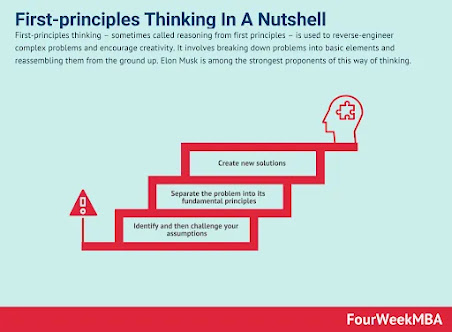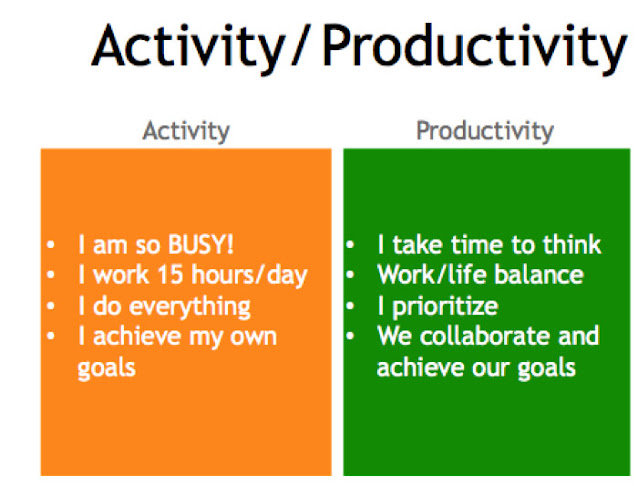The Artful Fusion of Impatience and First Principles
Balancing Speed and Understanding: The Key to Innovative Solutions
In a world that values speed and quick results, patience can sometimes feel like an outdated concept. We're often encouraged to rush, take immediate action, and demand instant outcomes. However, the art of innovation requires a thoughtful combination of impatience and a deep understanding of foundational principles. So next time before slamming down something as inefficient or badly designed, try to understand why it is, the way it is.
The Impatience Paradox
Impatience, when used wisely, can be a potent motivator. It drives us to challenge the status quo, question established norms, and seek new solutions. It's the force that propels entrepreneurs to disrupt industries and creative minds to push artistic boundaries. Impatience ignites action, and action, in turn, fuels progress.
But impatience has its pitfalls. It can lead us into hasty decisions, causing us to overlook important details and potential consequences. This is where the concept of understanding first principles comes into play.
Embracing First Principles
First principles thinking involves breaking down complex problems or ideas into their fundamental components. It's like taking apart a puzzle to understand the individual pieces before attempting to solve it. By comprehending the underlying reasons and mechanisms behind a situation, we gain insights that are not only profound but also universally applicable.
Imagine you have a puzzle in front of you. You could try fitting the pieces together randomly, hoping for a coherent outcome, but that's unlikely to yield success. However, if you take a step back, study each piece, and grasp the foundational logic of the puzzle, your chances of solving it increase significantly. First principles provide that foundational logic.
Harmonizing Impatience and Insight
Consider a scenario where you're faced with a challenge, a problem that demands a solution. Impatience urges you to act swiftly, to find a quick fix. Yet, pause for a moment. Embrace the first principles approach. Understand the core nature of the challenge, the root causes, and the factors shaping it.
With this deeper understanding in hand, your impatience takes on a new purpose. It becomes a drive for iterative improvement, grounded in a comprehensive comprehension of the situation. Your attempt to innovate isn't just reactive; it's transformative. You're not merely solving a problem; you're evolving it. Your impatience fuels change, while your understanding ensures that the change is meaningful.
The Dance of Progress
Impatience and understanding aren't opposing forces; they're complementary partners in the journey of innovation. Once you've grasped the first principles, your impatience doesn't fade away; it transforms. It becomes a catalyst for ongoing refinement, a driving force for continuous improvement.
As you experiment, iterate, and refine your ideas, you're not simply innovating blindly. You're building upon a foundation of knowledge that guides your actions. Each iteration takes you closer to a solution that isn't just effective, but brilliantly efficient. It's akin to a sculptor meticulously chiseling away at a block of marble to reveal the masterpiece within.
In Conclusion
Impatience, when balanced with a profound grasp of first principles, becomes a linchpin of purposeful innovation. It compels us to take bold steps forward, while ensuring those steps are built on a foundation of insight. As you navigate the dynamic landscape of progress, remember that innovation isn't about rash haste, nor is it about clinging to old patterns. It's about embracing the synergy of impatience and understanding, forging a path towards a future that's both pioneering and enduring.




Comments
Post a Comment